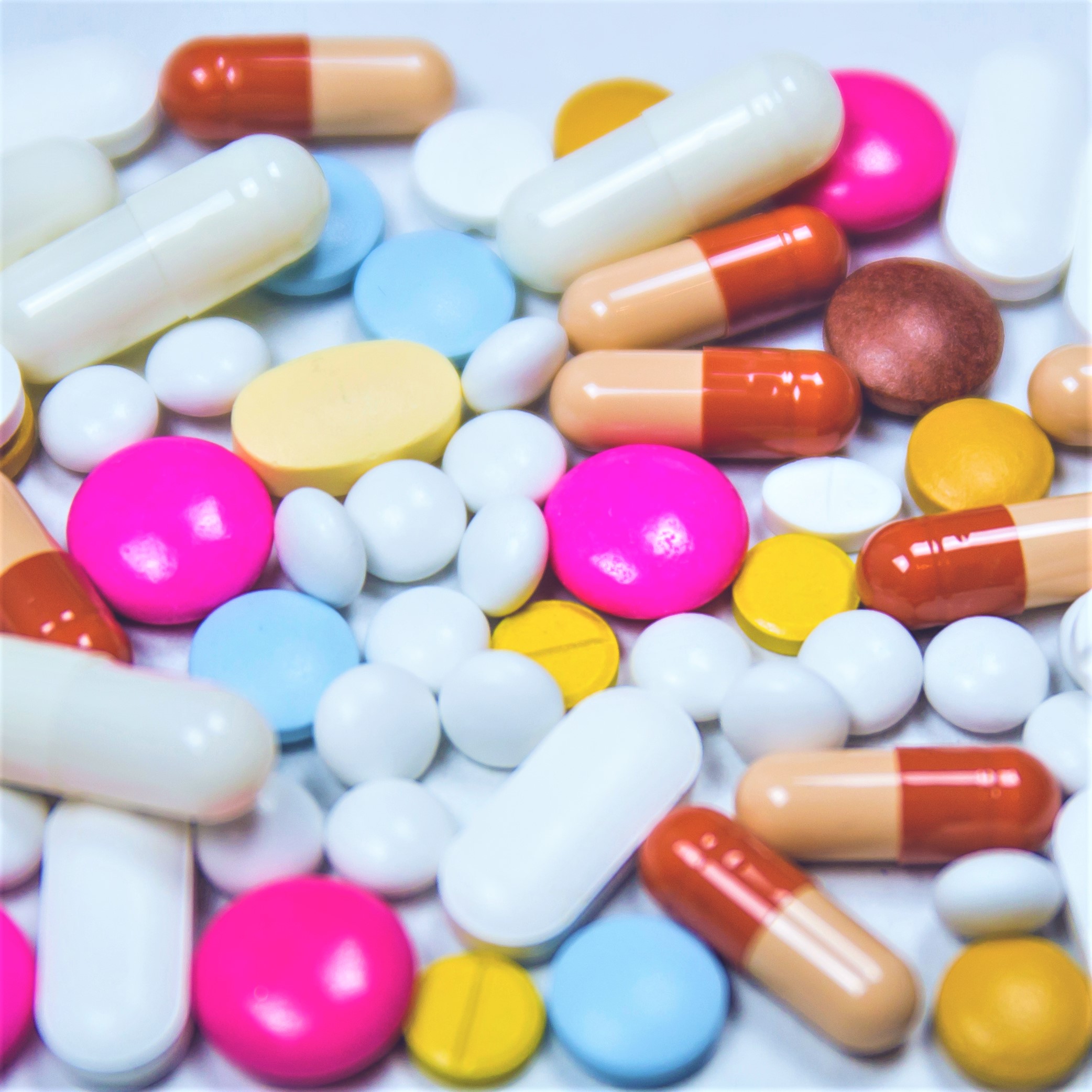17 Apr How to Identify and Respond to a Burn Infection
Not surprisingly, infection is the most common complication and leading cause of death in burn victims. Weighing a scant six pounds, 20 square feet of skin covers the average human body.  Skin is one of the body’s largest, heaviest, and most hard-working organs. It is your body’s coat, acting as a natural barrier to infection. Think of your skin like the “Cloak of Invisibility” given to protect Harry Potter from his enemies. Burns destroy that protection, leaving the burn survivor vulnerable to infection and other serious complications.
Skin is one of the body’s largest, heaviest, and most hard-working organs. It is your body’s coat, acting as a natural barrier to infection. Think of your skin like the “Cloak of Invisibility” given to protect Harry Potter from his enemies. Burns destroy that protection, leaving the burn survivor vulnerable to infection and other serious complications.
Most burn infections occur within the first few weeks of hospitalization. Diligent monitoring of the burn area is your best chance of early detection and prevention from infection. It’s not always easy to tell if a burn has become infected because the skin around the burn is usually red and warm to the touch, both of which are signs of infection. In addition, the signs and symptoms of a burn and cellulitis, a bacterial infection that causes swelling and redness of the skin, are also very similar.
The rule of thumb is that any change in the way the burn survivor feels, or any change in the appearance of a burn should be given to medical attention. Potential indicators of infection in a burn injury include:
- Fever – A rise in body temperature is always the first sign of infection. See a doctor immediately for any fever lasting more than 24 hours, or for any fever exceeding 100.4 degrees F.
- Any change in color of burned area and/or surrounding skin. The degree of redness and feeling of warmth around the burn area is a key factor in determining infection. Over the course of a few hours after a burn injury, redness appears around the burn site. Any increase in the size of this red area during the first 48 hours after the burn injury could indicate the existence of a bacterial infection
- Purplish discoloration, especially if swelling is also present
- Change in the thickness of the wound – (the burn suddenly extends deep into the skin)
- Green-colored discharge or pus from burn
Dehydration is another potentially serious complication that can compound recovery from infection. In severe burns fluid is lost through the skin, leaving the burn survivor dehydrated. Left untreated, dehydration can lead to life-threatening shock. Symptoms of dehydration include:
- Dizziness, especially when moving from a sitting or lying position to standing
- Thirst
- Dry skin
- Weakness
- Decrease in urination
Dehydration must be treated by a doctor using intravenous (IV) fluids.
Only first-degree burns, minor burns that affect only the outer layer of the skin (epidermis) should be treated at home. Suggestions for home treatment include:
- Running cool water on the burned area for 5 to 10 minutes, or covering the area with a cool compress
- Ibuprofen or acetaminophen to relieve pain and swelling
Do not apply oil, butter, ice, or anything else to the burn. Also, do not use burn care or other ointments for 24 hours after the injury to avoid sealing in the burn.
All other burns require immediate emergency medical attention because of the fast-moving spread of infection. In rare cases, an infected burn can cause sepsis, blood poisoning, or toxic shock syndrome.
For more information about burn injuries, please visit our website, www.burnsurvivor.com
To contact attorney Robert A Brenner directly call 800-669-7700 or email [email protected]
To learn more about attorney Robert A Brenner, please visit his website www.brennerlaw.com
